February in the kitchen garden in Andalucia - Potato Season
By Nick Nutter | Updated 30 Sep 2022 | Andalucia | Organic Garden |
Login to add to YOUR Favourites or Read Later
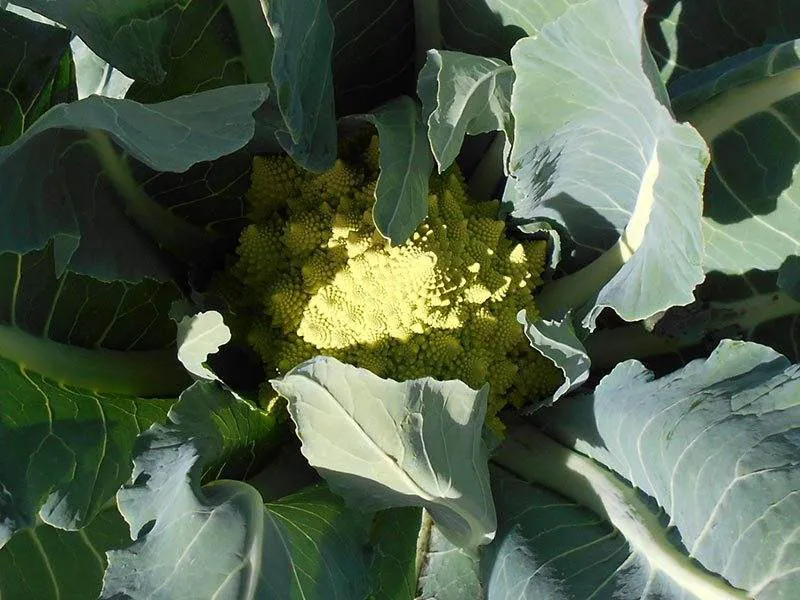
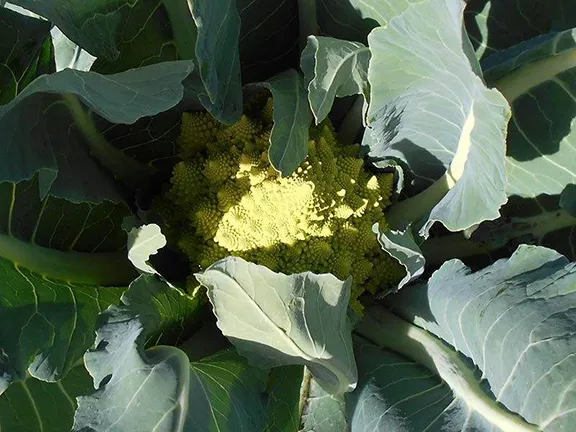
Romanesco
I am really pleased with my Romanesco. Planted as plugs in October they are now coming ready. Steam or boil them. They taste like a cross between cauliflower and broccoli. Over the month I have planted red onion sets and more lettuce, leeks, beetroot, red cabbage and cauliflower plugs.
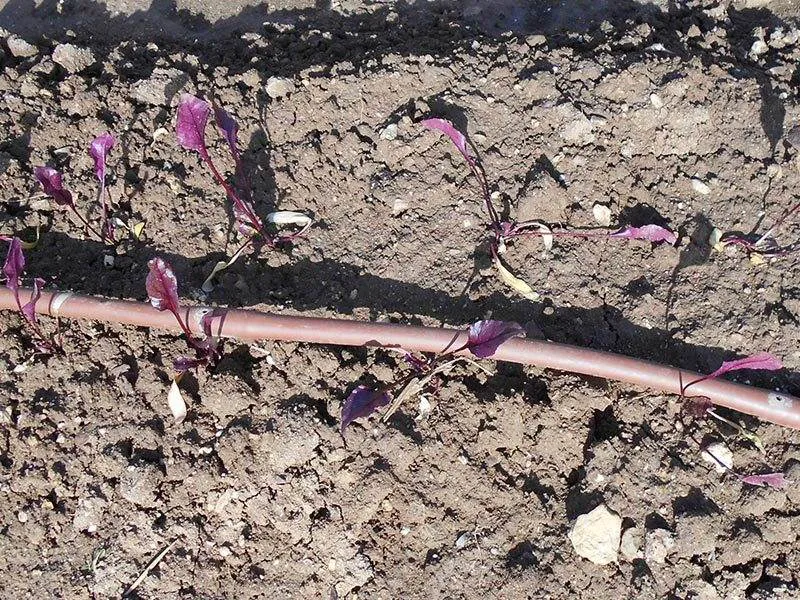
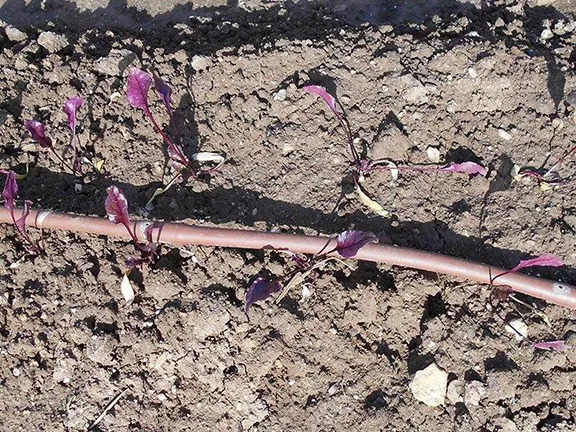
Beetroot Plugs
I have been keeping an eye on my Spanish neighbour. He put his potatoes in mid January. His method is simple. Make a wide flat topped ridge, one you can straddle comfortably, dig a hole with a mattock and drop a spud in, shuffle forward and repeat. Anyhow I had a word with him and it seems he is expecting to dig his potatoes around May time and the ground will be then be ready for sweet potatoes. OK I will give that a shot. I planted reds and whites on the 14th January and they are both showing as I write. I also sowed a row of radish on top of the potato ridge. They are coming on nicely and will all be out by the time the potatoes are ready.
Julie brought me back a bag of Maris Peer and Arran Pilot first earlies from Morrisons so I have a row of each of those in as well.
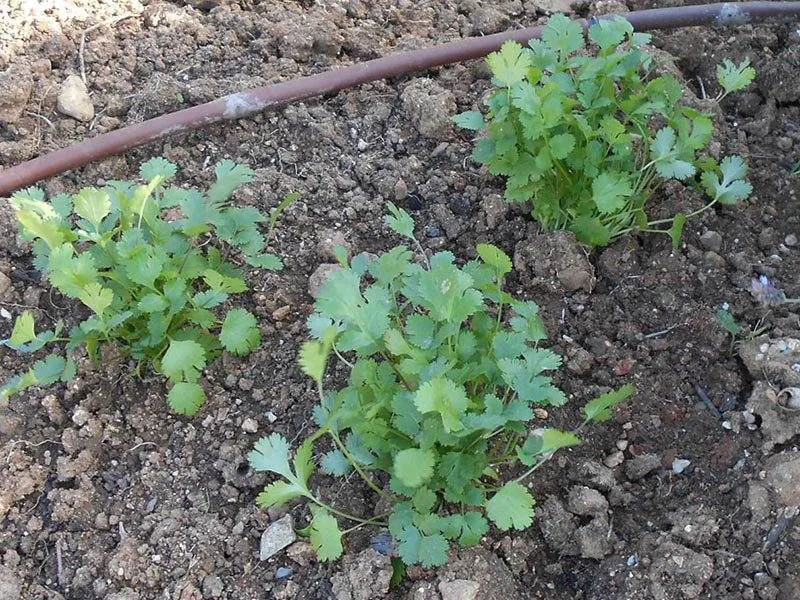
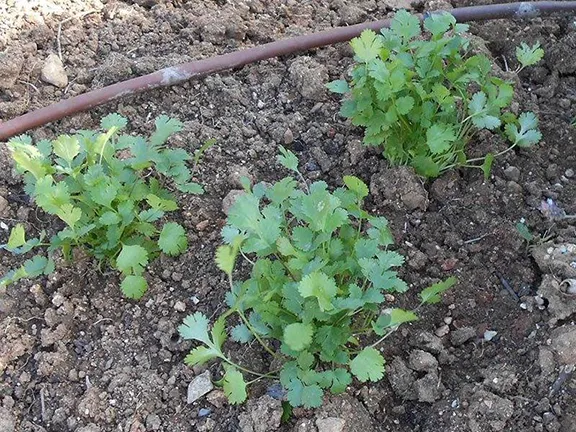
Coriander
I am still picking peas and broad beans with plenty left to go. The broad beans, The Sutton, have not produced a massive crop. Many flowers are failing to set, perhaps the variety finds Spain a little warm or the right insects are not about ot more likely I sowed too early, mid September. They have grown very rapidly. Last year Perla, planted a month later in October, were not ready until March and they gave a good crop. Lesson learned.
I have sown a row of Oregon sugar snap peas and a row of later broad beans, Bunyards Exhibition this month. We shall see if they do OK.
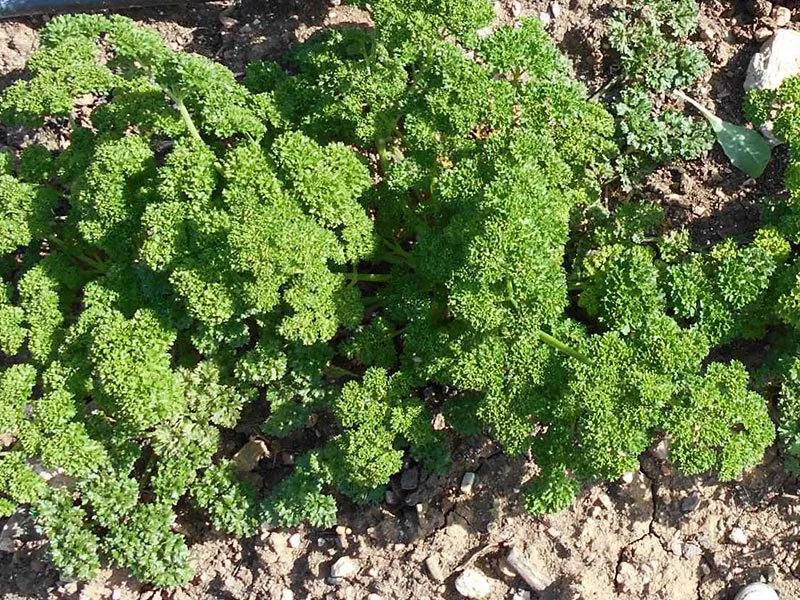
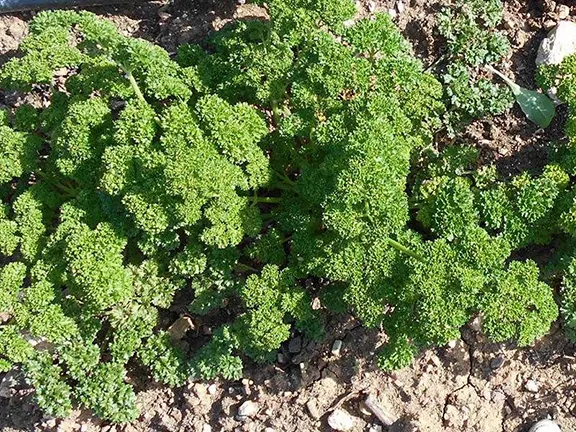
Parsley
Parsley, flat and curly, sown as seed last autumn is at its best now. I have just sown another row of each. Two sowings per year will give you all the parsley you need.
I also spotted some coriander grown in pots at the viveros so I put three in a sheltered spot. They seem to be doing well. I will sow seed in the open about April. Keep your eyes open for the first Italian style basil plants, that’s the one with large dark green leaves. They should be appearing soon.
Spring will soon be here. I am preparing ground for all the hungry plants by digging in compost as soon as it is ready, the compost that is. Plants such as squash, tomatoes, cucumbers, peppers and courgettes cannot have enough. All like a well drained soil so the more you can work it between now and planting time the better it will be.
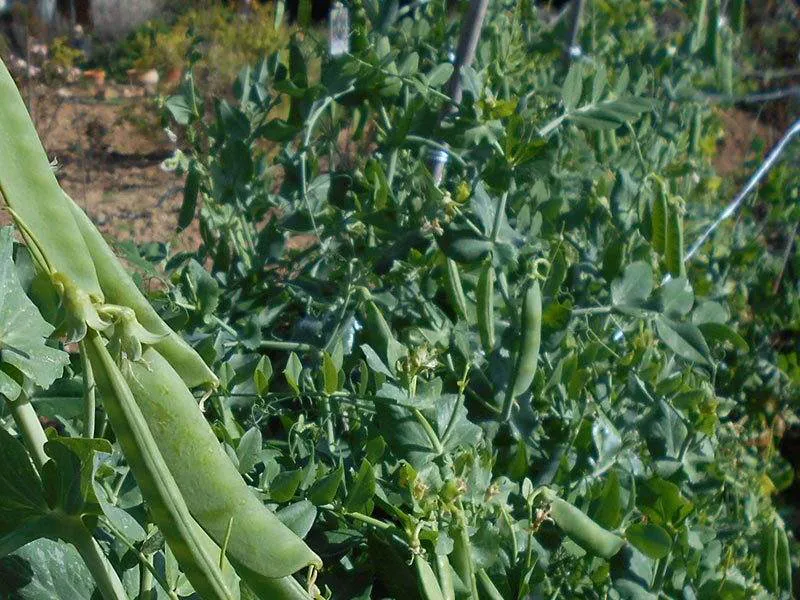
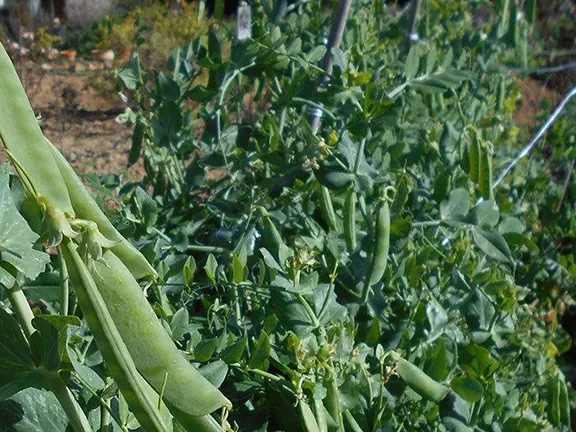
Peas
Try my French Pea recipe, a real spring flavour.
You need peas from about a kilo of peas in the pod and a small or half a large crispy lettuce, washed. One teaspoon of salt, one of sugar, a good knob of butter and 2 tablespoons of water. Put the whole lot in a pan. Put the lid on and simmer for 20-30 minutes until the water has evaporated. Throw in a handful of chopped mint at the end if you like. (You can use frozen peas, just as good).
Perennial herbs are those that, once established, continue producing for years. Unlike the shrubby herbs we looked at last month, most perennials are easily grown from seed with four exceptions, horseradish, mint, ginger and turmeric. All the perennials can be grown in pots.
I love horseradish which is just as well because once you have horseradish growing, you have it for life so be careful where you plant it. From a 1 cm root cutting it will grow into a one-metre diameter, half metre-high plant with beautiful deep green, wide, leaves with roots penetrating up to 2 metres. And that is just in the first year. If you want to take it out, it’s either a hot morning digging or a mini JCB. Horseradish should be harvested in the autumn when the foliage starts to die back; dig up part of the root system and save the most flavoursome and least woody roots which are those up to 2.5 cms thick. Many years ago, I found a copy of Mrs Beeton’s Book of Household Management. In it was her recipe for horseradish sauce and horseradish cream. Type ‘Mrs Beeton's horseradish sauce’ into Google.
Mint is best grown from young plants grown from root cuttings. It prefers moist ground and a little shade that can be provided by the taller shrubby herbs. It is invasive but easily restricted, in winter, by chopping through the roots with a spade and discarding the more adventurous roots. It is at its best during winter and spring.
Ginger and turmeric are both grown by planting rhizomes, just as you would with dahlias or canna lilies. In early spring, buy untreated ginger and turmeric rhizomes from the local supermarket. Plant the rhizomes 2 to 5 cms beneath the surface of well-composted soil and keep the area damp. Both prefer dappled shade. If they are viable, the rhizomes will start putting out shoots in 2 to 3 weeks. Once established cut off portions of the rhizome to use in the kitchen.
The choice of perennial herbs is enormous. For culinary purposes, I grow chives, lemongrass, fennel (the plant not the more familiar bulb), lemon balm (also fairly invasive), lovage and sorrel. They will all last three years or so before they need replacing. Sow the seeds in a fine tilth in full sun. Keep the soil damp. Chives and lemongrass are renewed by splitting the original plants, the remainder by sowing new seed.
All the perennials appreciate well-composted soil and a dressing of compost every year when they die back. The exception is lemongrass that does not seem to die back in our climate, it just keeps on growing, so you have to imitate nature and, in January, chop it back to as near ground level as you can and rip out the dead stems.
Finally, this month, a word on watering the herb garden. The shrubby herbs planted last month need to be kept in damp soil until they are established. Then they will require far less water than the perennial herbs that like damp, well-drained, soil. I find that purpose made irrigation hose with tiny holes is the most satisfactory method of watering the herb garden. I have the system on a timer that can be set from zero, when we have had rain, to 2 hours in every 24 (at night), during the summer months. I am fortunate that the water is from a spring that rises in the Utrera gorge and is piped down through the cultivated fields lining the Rio Manilva.